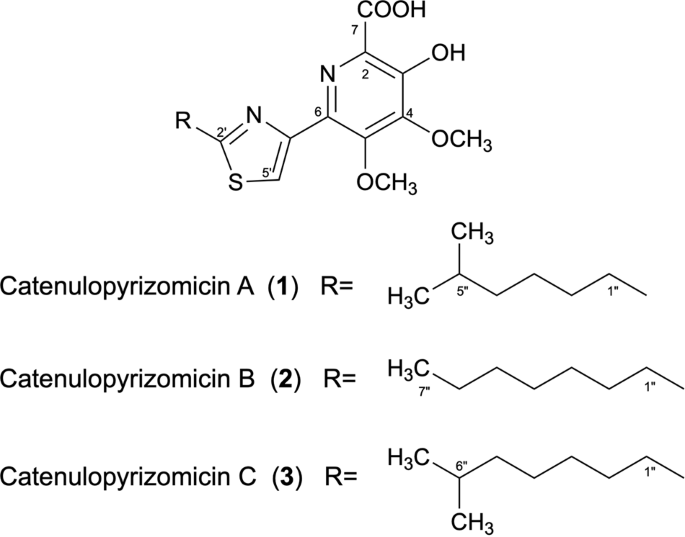- Select a language for the TTS:
- UK English Female
- UK English Male
- US English Female
- US English Male
- Australian Female
- Australian Male
- Language selected: (auto detect) - EN
Play all audios:
You have full access to this article via your institution. Download PDF Liba, O. _et al_. _Nat. Commun._ 8, 15845 (2017). Optical coherence tomography (OCT) is a well-established method for
_in vivo_ imaging and is widely used in the field of opthamology. Like all coherent imaging techniques, OCT image quality can be reduced by the presence of speckle noise that arises from
light scattering within turbid specimens. To reduce speckle noise in OCT, Liba _et al_. developed an approach called speckle-modulating OCT (SM-OCT). SM-OCT overcomes speckle noise by
creating and averaging a large number of scans. Because the speckle patterns in the scans are uncorrelated, they are effectively removed during averaging without compromising resolution.
Using their approach, the researchers showed that they could image structures like the mouse cornea and ear as well as human fingertip skin in detail and thus reveal features that would have
otherwise been obscured by speckle noise. RIGHTS AND PERMISSIONS Reprints and permissions ABOUT THIS ARTICLE CITE THIS ARTICLE Speckle-free OCT. _Nat Methods_ 14, 767 (2017).
https://doi.org/10.1038/nmeth.4371 Download citation * Published: 01 August 2017 * Issue Date: 01 August 2017 * DOI: https://doi.org/10.1038/nmeth.4371 SHARE THIS ARTICLE Anyone you share
the following link with will be able to read this content: Get shareable link Sorry, a shareable link is not currently available for this article. Copy to clipboard Provided by the Springer
Nature SharedIt content-sharing initiative






